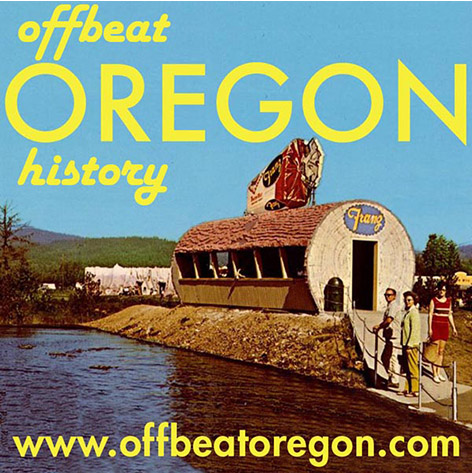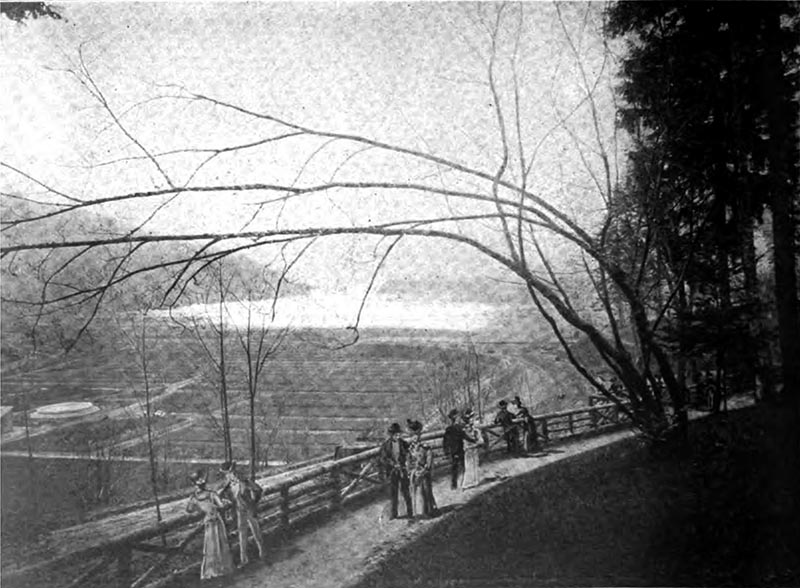
Looking for more?
On our Sortable Master Directory you can search by keywords, locations, or historical timeframes. Hover your mouse over the headlines to read the first few paragraphs (or a summary of the story) in a pop-up box.
... or ...
PORTLAND, MULTNOMAH COUNTY; 1900s:
Guild Lake was P-town’s water wonderland
Audio version: Download MP3 or use controls below:
|

In fact, the city just barely saved Bull Run when Pence tried to snap it up, which would have meant he could have started charging the city for its water. Now Pence turned his attention, and his aqueous assets, to bear on Guild Lake. His plan was to divert Johnson Creek and Balch Creek into flumes, with which he would blast the steep hillside next to the lake, washing dirt down into it — and, he hoped, filling it up so that he could sell industrial lots there. The plan to move the mountains into the valley turned out not to be a particularly good one. A few years and several hundred thousand dollars later, Pence gave up on the project. (Here's a link to an Offbeat Oregon article about Pence and his scheme.) But at almost the same time, the Willamette River was being dredged to give it a bigger shipping channel, and to ensure it was navigable all year long; before 1900, some ships couldn't get to Portland's docks in August and September due to low water levels. Millions of cubic yards of silt and dirt were getting pumped off the floor of the Willamette River, and it all had to go somewhere. That somewhere turned out to be Swan Island — which was enlarged and connected to the shore, so that it was no longer really an island — and Guild Lake. Over a period of a half-dozen years in the 1910s, the riverbottom was pumped up and poured into the lakebed. At the same time, hundreds of thousands of yards of dirt were being trucked to the lake from construction projects in the hills of Portland, which were being terraced so houses could be built there. By the early 1920s, Guild Lake was gone without a trace. As industrial land, the former lake was fabulous: flat and open, with railroad lines handy to almost every lot and the seaport right there as well. Industrialists rushed to buy the lots, and the Oregonian gushed that Guild's Lake was destined to become the industrial center of Portland. And, well, it's certainly become one of them. Today, Guild's Lake lies beneath cubic acres of fill dirt on the river side of Highway 30, just as it leaves Interstate 405. Northwest Yeon Avenue goes right through the middle of it. So next time you're driving across the Fremont Bridge, take a look northward from the west end; the landscape you're looking at was, in 1905, the beautiful and pastoral lakeside scene that's shown in postcards and memorabilia from the Lewis and Clark Exposition. Yes, it's valuable industrial land, and helps give Oregonians jobs and income. But it's worth remembering that, well, we traded something for that.
|
©2008-2023 by Finn J.D. John. Copyright assertion does not apply to assets that are in the public domain or are used by permission.












